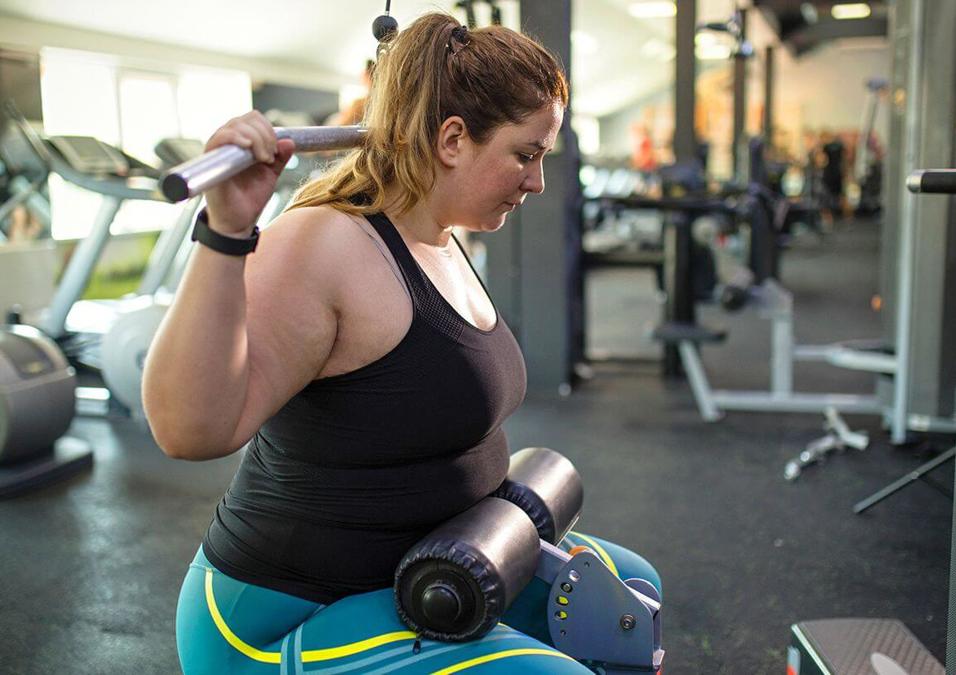Fat-Burning Zone: Walk to Lose Weight

SIGN UP FOR YOUR FREE DAY PASS TODAY!
We all know that walking is a great way to stay in shape—but did you know there's a specific technique that can help you shed those extra pounds?
Walking is simple, free, and "one of the easiest ways to get more active, lose weight, and become healthier," according to the NHS.
However, there's a significant difference between taking a leisurely stroll and engaging in a brisk walk, which is essential for losing weight.
The NHS advises exercising for 150 minutes each week to maintain an active lifestyle.
But if your goal is to lose weight rather than just maintain it, you'll need to pick up the pace and enter the 'fat-burning zone.'
On TikTok, personal trainer Yasmine Arida clarified, "I always tell my clients that walking can really help you lose weight, especially fat."
Based in Dubai, Yasmine aimed to "clear up a few things" about walking that are crucial for weight loss.
"There's a big difference between walking at a fast pace and walking at a leisurely pace.
When you walk slowly, you're helping your metabolism and mental health, but you're not engaging in a training zone that will help you lose weight," she explained.
According to Yasmine, to lose weight, you need to reach 'zone two,' where "your body uses fat as its primary fuel source instead of carbs."
She added, "When you achieve zone two cardio, your body starts to burn fat. To use walking as cardio, you need to be power walking, not walking for leisure."
Yasmine suggested imagining you're late for an appointment and walking fast enough to get there on time—about 3-4 mph on a treadmill.
In response to a query about how long you should walk, she recommended, "Maybe 20 minutes minimum. 40 minutes is enough, maximum," per day.
To ensure you hit the fat-burning zone, you can use heart rate apps on your phone or pulse monitors.
Some experts believe you need to reach an intensity that is 60-70% of your maximum heart rate.
To calculate your maximum heart rate, subtract your age from 220. For instance, if you're 30 years old, your maximum heart rate would be 190.
The NHS states that a brisk walk is about three miles per hour. At this pace, you should still be able to talk but not sing the words to a song.
The NHS also recommends using the free Active 10 app on your smartphone, which will alert you if you're walking fast enough.
Source: mirror
The opinions shared in the GymNation blog articles are solely those of the respective authors and may not represent the perspectives of GymNation or any member of the GymNation team.































































